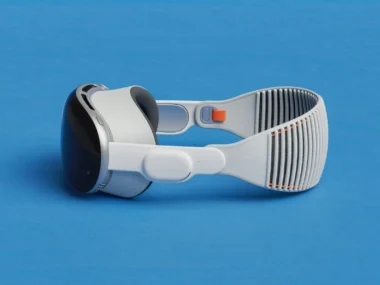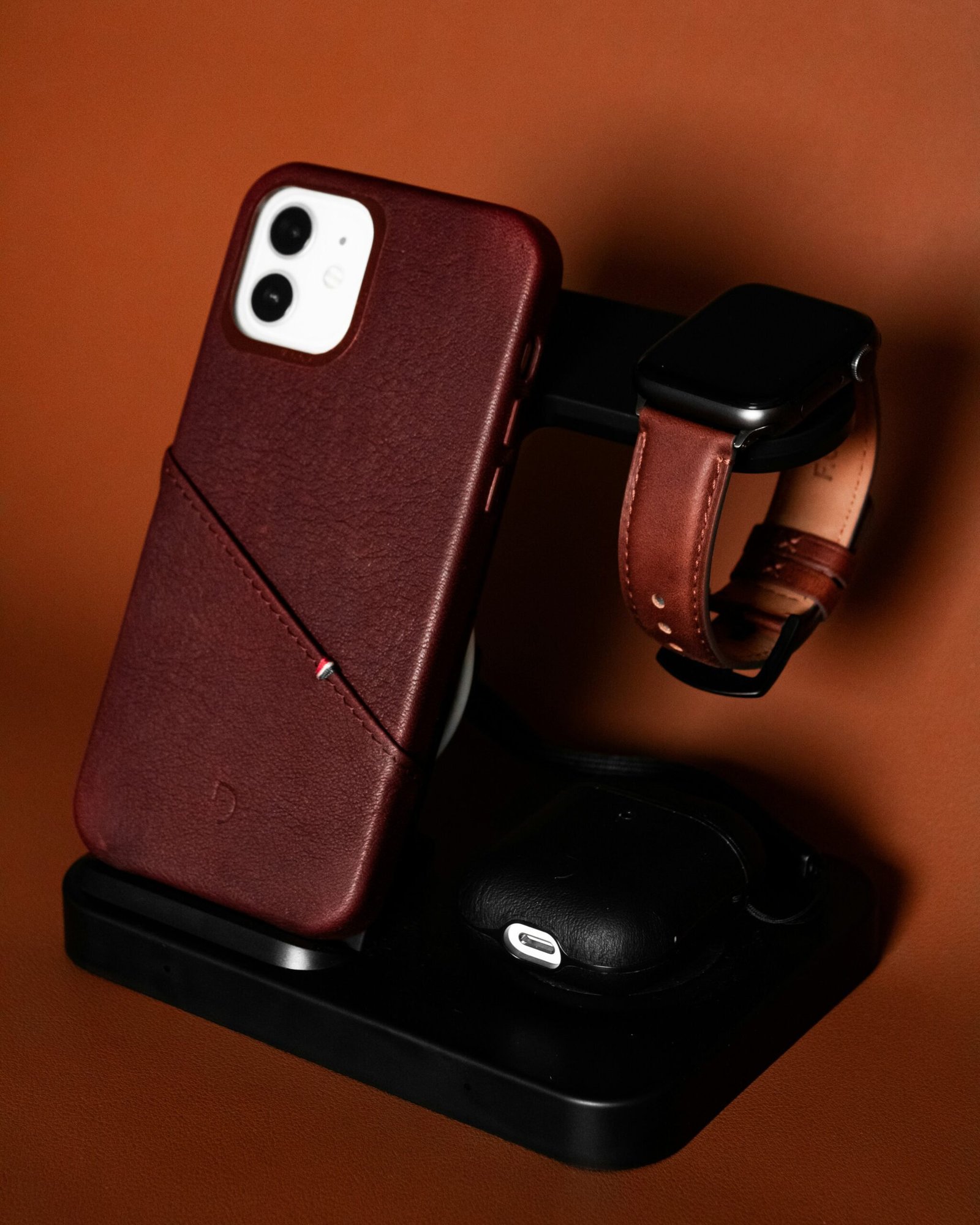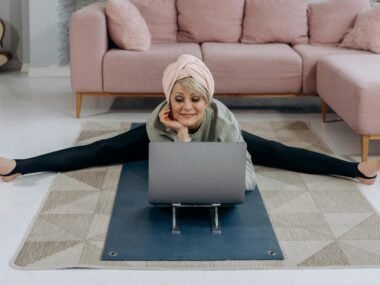All About Dye-Sublimation Printers
Dedicated photo printers are distinct from all-purpose printers in that their sole purpose is to print photographs, as opposed to also being able to print documents that contain text or pictures in addition to photographs.
They are typically small in size and lightweight, and some versions even include batteries that enable printing even in the absence of a power source. Although there are some photo printers that use inkjet technology, the vast majority of photo printers, including dye-sublimation (or dye-sub) printers, are constructed around a thermal dye generator.
Dye-sublimation printers were considered to be specialized machines for a significant amount of time, and their use was limited to particularly demanding graphic arts and photographic applications.
The introduction of digital photography paved the way for widespread adoption of this technology, which served as the foundation for a great deal of the independent, portable photo printers that came onto the market in the second half of the 1990s. The word “dye” is a reference to the solid pigments that were used in the process rather than paints or toner. This is indicated by the name of the product.
The word “sublimation” refers to the transformation of substances (in this instance, pigments) directly into their gaseous state without first passing through a liquid phase as is required by the scientific definition of the term. The printing method that is utilized by genuine dye-sublimation printers is distinct from the inkjet printing method.
Dye-sublimation printers transfer a dye from a plastic sheet onto the paper rather than the ink that is sprayed onto the page by inkjet printers in the form of small droplets. Cyan, magenta, yellow, and black dyes are layered atop one another using a three-pass method, which uses solid dyes in the form of tape that is either wound onto a string or wound onto a coil.
The print head of a dye-sub printer is equipped with numerous, minute burners that vaporize the dye, allowing it to penetrate the smooth surface of the paper. In order to shield the image from the damaging effects of ultraviolet light, a transparent layer is applied.
Although this technique has the potential to produce high-quality outcomes, employing it is not at all cost-effective. Even if a particular picture does not require the use of any of the pigments, that particular section of the ribbon is still used up. Because of this, it is standard practice for packets of paper that are compatible with dye-sub printers to also include a transfer film that is able to produce the same number of images.
In addition, dye sublimation paints require a special kind of paper that lets the pigment stay on the surface of the paper.
These days, a variety of inkjet printers available on the market are equipped with the technology necessary to carry out dye-sublimation processes. These types of printers use cartridges that dispense ink in a spritz form, covering the paper in strips at a time.
All About Dye-Sublimation Printers
The print head has a thermal element that can achieve temperatures of up to 500 degrees Celsius, and it uses that heat to turn the liquid pigment into a vapor. (higher than the average dye sublimation printer).
Because the dyes are applied to the paper in vapor form during the dye-sublimation technique, the resulting image is significantly different from that produced by an inkjet printer.
This is due to the fact that the dyes do not create distinguishable spots with a firm border. The borders, on the other hand, are not as sharp and readily merge into one another. In addition to this, the incorporation of the diffuse pigment into the paper results in a picture that retains its colors for a longer period of time.
Examining the Differences Between Inkjet Printers and Dye-Sublimation Printers Although it is difficult to point out every possible advantage and disadvantage when comparing inkjet and dye-sub printers, the following summary discusses the primary aspects that pertain to the majority of people who print photographs at home.
This is because it is difficult to point out every possible advantage and disadvantage. Inkjet printers have several advantages over dye-sub printers, including the following: prints are extremely accurate and have pointed borders; the newest versions offer remarkable precision that is superior to that of most dye-sub printers;There is a wide selection of materials and textures available, including matte, lustrous, and glossy varieties.
Not limited to the paper produced by a single manufacturer Prints with permanent quality can be produced by certain types of inkjet printers.The majority of different surfaces, such as CDs, CD inserts, envelopes, and other similar items, can be printed on by inkjet printers because these surfaces are intended to receive ink.
The color range of inkjets is significantly bigger than that of dye-sublimation printers, and the pictures produced by inkjets are typically more vibrant.It is now much simpler to acquire large format inkjet printers that can produce in measures of 11×14, 13×20, or even bigger.
When compared to dye-sub printing, inkjet printing is typically more cost-effective. The majority of non-archival inkjet printers produce images that degrade a little (sometimes a lot) quicker than dye-sub prints. Print heads can sometimes block and require cleaning or even replacement.
Inkjet printers are typically much slower than dye-sub printers. Dye-sub printers are superior to inkjet printers in a number of ways, including the following:
• Extremely quick
• Relatively low-maintenance
• Smooth with no discernible dot patterns even when viewed at high magnification
•Produce outstanding shadow detail in dark areas, which can be difficult for some inkjet printers to reproduce due to blotchiness.
Generally speaking, images have a longer lifespan and are more resistant to wetness than inkjet prints.Due to the uniformity of the images and the absence of obvious dot patterns, dye-sub printers are able to produce photographs that, in the eyes of many observers, appear and feel more like genuine photographs.
Dye-Sub Printer Drawbacks: Consumer level versions frequently distort high contrast borders (such as a black rectangle on a white background) to some degree, which causes charts, graphs, and line drawings to appear a little less “precise” Dye-Sub Printers are more expensive than other types of printers.
In most cases, dye-sub prints only last about the same amount of time or slightly longer than images made with a decent inkjet printer that does not support archival printing, and they are not generally considered to be “archival.
“The collection of paper types is extremely restricted, and although dye-sub printers are capable of producing high-quality glossy photographs, the majority of these machines are incapable of producing matte images or do not even provide the choice to do so.
Pages cannot typically be passed through the printer twice to cover more of the page as they can with inkjets; dust can sometimes get inside the printer and cause vertical scratches on prints; Dye-sub printers use an entire page and an entire page’s worth of ribbon even to print a single small picture that is wallet size; Dye-sub printers are more expensive than inkjet printers.
In many cases, the expense of dye sub printing, as well as the cost of paper and toner (ribbon), is greater than the cost of inkjet printing. A Selection of the Most Popular Dye-Sublimation Printer Models Canon Selphy CP710 Dye-sub printer for printing photographs measuring 150 mm x 100 mm With a resolution of 300×300 dpi, the Samsung SPP-2040 picture printer is a dye-sub printer.
The Samsung SPP-2020 is a digital photo printer that can create 100x150mm photographs. HiTi Photo Printer 641PS is a dye-sub printer that can handle photographs measuring 152 mm by 102 mm.
A dye-sub picture printer that is simple to operate, the Sony PictureStation DPP-FP30 A dye-sublimation printer designed for use with Kodak cameras that are interoperable with the Kodak EasyShare Printer Dock 6000.
A dye-sublimation printer designed for use with Kodak cameras that are interoperable with the Kodak EasyShare Printer Dock 6000.
Digital Photo Printer from Olympus, the P-10. A dye-sublimation printer that can print directly from the digital camera that you have from Olympus.
Polaroid PP46d picture projector A dye-sublimation photocopier for photographs The Olympus P-440 is a dye-sub printer that is capable of publishing photographs on A4 paper. Print photos using dye sublimation with the Sony DPP-EX50 photo printer.




